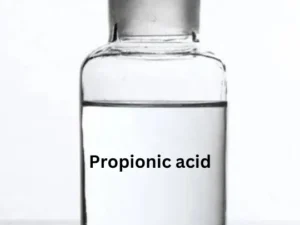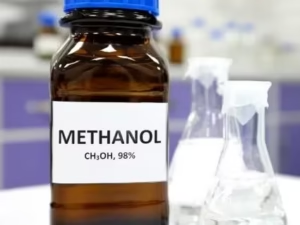Description
Caprolactam: A Building Block of the Modern World
Caprolactam, a cyclic amide with the chemical formula (CH₂)₅C(O)NH, is a white solid used extensively as an intermediate in the production of nylon 6. While you might not recognize the name, you interact with caprolactam’s derivative, nylon 6, every day. It’s found in everything from your clothes and carpets to car parts and packaging.
What is Caprolactam?
In its pure form, caprolactam is a hygroscopic, white crystalline solid with a characteristic odor. It’s typically produced from cyclohexanone via a multi-step process. This production involves converting cyclohexanone to its oxime form, followed by a rearrangement known as the Beckmann rearrangement. This rearrangement is crucial in opening the ring structure and forming caprolactam.
The Road to Nylon 6: Polymerization is Key
The primary use of caprolactam is as a monomer for the production of nylon 6. The polymerization process involves opening the lactam ring and linking the resulting units together to form long polymer chains. This ring-opening polymerization can be initiated by water, acids, or bases, and is typically carried out at elevated temperatures.
The resulting nylon 6 possesses excellent mechanical properties, high tensile strength, elasticity, and resistance to abrasion. These characteristics make it a versatile polymer suitable for a wide range of applications.
Ubiquitous Applications of Nylon 6:
Thanks to caprolactam, nylon 6 permeates modern life. Here are just some of its applications:
- Textiles: Nylon 6 fibers are used extensively in the production of clothing, hosiery, carpets, upholstery, and industrial fibers. Its strength and elasticity make it ideal for durable and comfortable textiles.
- Automotive Industry: Nylon 6 is used in various automotive components, including engine covers, intake manifolds, and other structural parts, due to its high strength-to-weight ratio and resistance to heat and chemicals.
- Packaging: Nylon 6 films are used in food packaging due to their barrier properties and ability to protect food from spoilage.
- Fishing Line: The strength and abrasion resistance of nylon 6 make it a popular choice for fishing line.
- Engineering Plastics: Nylon 6 is used in the production of engineering plastics for various applications, including gears, bearings, and other mechanical components.
Production and Global Market:
The global market for caprolactam is significant, reflecting the widespread use of nylon 6. Major producers are located in Asia, Europe, and North America. The demand for caprolactam is closely tied to the growth of the textile and automotive industries.
Safety and Environmental Considerations:
While a valuable industrial chemical, caprolactam must be handled with care. It is considered an irritant to the skin, eyes, and respiratory system. Exposure to caprolactam can cause skin and respiratory irritation. Appropriate safety precautions, including the use of personal protective equipment, are necessary during handling and processing.
Furthermore, the production of caprolactam can generate waste products. Environmental regulations and best practices are essential to minimize the impact of caprolactam production on the environment. Recycling and reuse of byproducts are also being explored to promote sustainable production.
The Future of Caprolactam:
The demand for nylon 6 is expected to continue to grow, driven by increasing demand in the automotive, packaging, and textile industries. Ongoing research is focused on developing more sustainable and efficient production methods for caprolactam and nylon 6, including the use of bio-based feedstocks and advanced polymerization technologies. These advancements aim to reduce the environmental footprint of caprolactam production and promote a more circular economy.
In conclusion, caprolactam, though a relatively unknown chemical name to the average person, is a vital building block of the modern world. Its conversion into nylon 6 has revolutionized numerous industries, providing durable, versatile materials that touch our lives in countless ways. As technology advances and environmental concerns grow, the future of caprolactam lies in sustainable production and innovative applications, ensuring its continued relevance for years to come.












Reviews
There are no reviews yet.